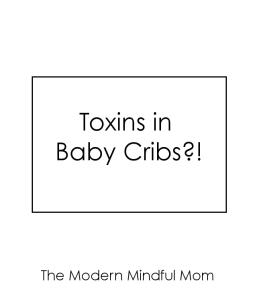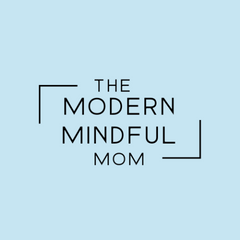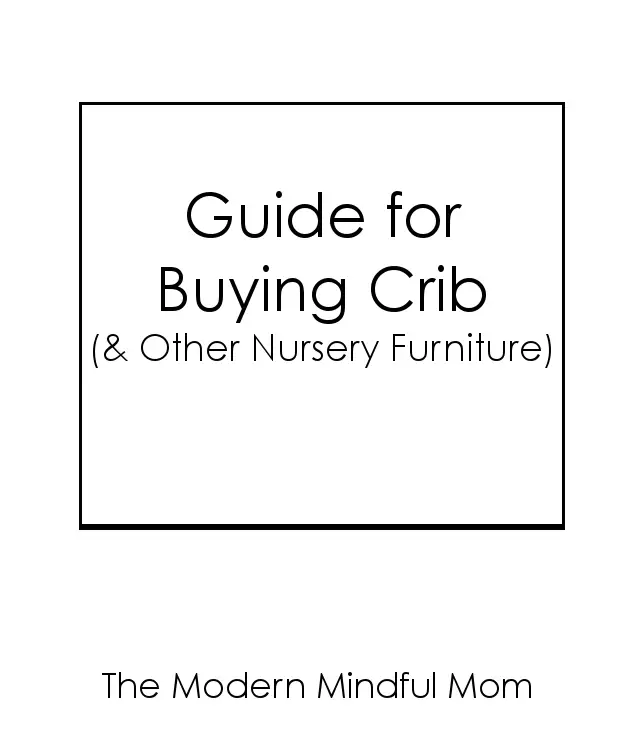If you’ve started thinking about cribs or even stepped foot in one of the big-box baby stores, you know there’s a ton of options on the market. This guide is meant to inform you and empower you so you can muddle through all the choices and make the best decision.
A lot of soon-to-be parents focus on style and color when picking a crib. However, I’m here to tell you that there something more important to consider, and that is safety.
You may be asking yourself, “Safety? But, I’m getting a new crib, aren’t there Government regulations, making all of them safe?”
Or,
“I’m getting a used crib, if there are no recalls, isn’t it safe?”
Shockingly, and sadly, the answer is no.
There is a US Government agency that regulates standards for cribs (the Consumer Product Safety Commission (CPSC)), however parents can’t blindly entrust this agency for ensuring the safety of their child. Case in point, prior to 2008, the federal crib standards had not changed for 30 years. The updated standards ban the sale of drop-side cribs and mandate the spacing of the crib slats (both of which caused numerous injuries and deaths). The updated CPSC standards also incorporate international crib safety standards (ASTM International Standards).
The updated standards are definitely a step in the right direction, however, there are still many dangers lurking in most cribs. These dangers come in the form of toxins.

These toxins are formally referred to as “Volatile Organic Compounds” or “VOCs” for short. VOCs are a group of chemicals that vaporize easily, or “off-gas,” and pollute our air. According to the EPA, VOCs tend to be higher (two to five times) in indoor air than outdoor air.
Exposure to VOCs can cause eye and respiratory tract irritation, headaches, dizziness, visual disorders, and memory impairment. Possible long-term effects include asthma, cancer, infertility, liver, kidney and central nervous system damage. Children are even more susceptible to the dangers of VOCs. VOCs are all around us, unfortunately, but there are steps we can take to take to minimize our exposure. This is especially important when it comes to a baby crib (and other nursery furniture), given how dangerous VOCs are and how susceptible newborns are.
When researching and buying a crib, you need to be mindful of VOCs in two of its components, the material of the crib itself, and the finish of the crib (if applicable).
Cribs are typically made out of solid wood or a type of engineered (or pressed) wood. Engineered (or pressed) wood is when wood veneers, wood shavings, wood particles, sawdust or wood fibers are bonded together with an adhesive under heat and pressure. Both solid wood and engineered wood emit VOCs, but engineered wood emits much higher levels. Therefore, it is recommended that you buy a solid wood crib. Engineered wood also referred to as fiberboard, plywood, laminated lumber/timber, veneer, composite, medium-density fiberboard (MDF), and oriented strand board (OSB), so steer-clear of any cribs made of these materials.
The finish of the crib is also a likely source for toxins. Standard paints, stains, sealants and other finishes contain large amounts of VOCs. The best thing to look when buying a crib is “low-VOC” (typically 50 grams per liter (g/l) or less), or even better, “no-VOC” (typically 5 g/l or less). (Sidenote: The Federal VOC limits are 250 g/l for flat paints and 380 g/l for others.) Another danger often found in finishes is that many are petroleum based and contain lead, a known carcinogen, and other potentially dangerous heavy metals. When looking at cribs, you can look for lead-free claims, or finishes using food-grade oil. You may have to call the manufacturer directly and inquire specifically about lead. You can also avoid finishes all-together and get an unfinished crib. If you don’t want to leave the crib unfinished, you can stain the crib yourself using a food-grade oil.
In summary, to reduce the amount of toxins exposed to your child, when buying a crib (and other nursery furniture), look for:
- Solid Wood, and
- Unfinished or “low-VOC” or “no-VOC finish,” and
- Unfinished or “lead-free” or “food-grade oil” finish
Some terms you need to be cautious of are:
- “Meets All Federal Safety Regulations”: There are very few Federal Safety Regulations when it comes to VOCs. This does not mean that products are VOC-free or lead-free.
- “Non-toxic”: This simply means that Federal Safety Regulations were met. See above.
- “Water-based finish”: Can still emit VOCs and contain lead.
- “CARB Phase 2 Compliant”: This was a law enacted in 2013 which set limits the levels of formaldehyde emissions, a type of VOC, allowed from pressed wood products. However, pressed wood still contains other dangerous VOCs, including carcinogens.
Hopefully this guide will be helpful when choosing a crib (and other nursery furniture).

